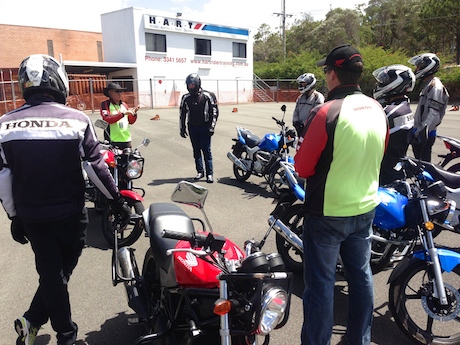The last thing you want to do is teach a novice rider all your bad habits built up over years of riding, even though it has served you well.
While you should encourage any newcomer to go and do a professional training course (it may be mandatory in your region anyway), it is also handy for learners and novice licence holders to obtain some road craft from a veteran rider such as yourself.
You may have a vast amount of knowledge that you can share and teaching a novice is a very rewarding experience.
It’s great to be able to share your passion with someone and foster a lifetime of riding fun.
Here are 10 tips on how to teach a novice, not what to teach them:
1 Communication
You will no doubt talk their ears off with anecdotes, but when they are riding, you need to let them concentrate on what they are doing. So if you use a bluetooth communicator system (so long as it is legal in your jurisdiction for learners), keep the chatter to a minimum. Don’t alarm them by suddenly shouting, either.
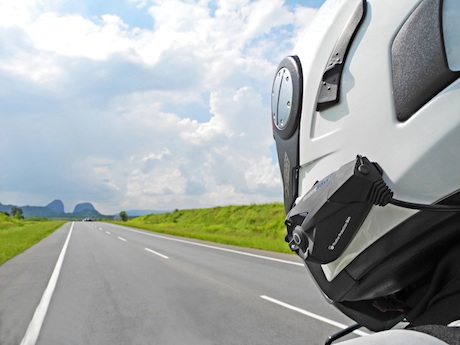
2 KISS
“Keep It Simple, Stupid” (KISS) and limit the amount of instructions. The brain can only take in so much information in one hit. Try doing repetitive drills such as u-turns, even though it will be boring for you.
3 Lead the way
Monkey see, monkey do, so ride in front of the learner to let them follow your lead. This way you can teach them correct cornering lines, where to look, when to brake, when to switch on their indicators and importantly remind them to turn them off again. (Check first whether your jurisdictions requires the supervisor to ride in front or behind the learner.)
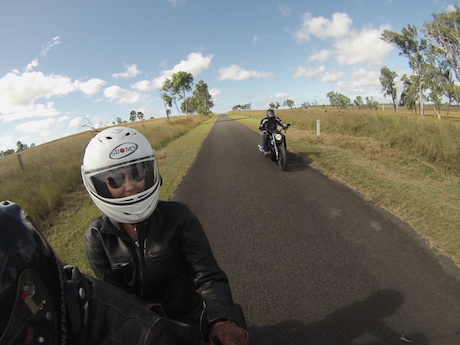
4 Exaggerate
If they are following you, sometimes you can exaggerate to emphasise what you are doing. For example, turn your head substantially to show them that you are looking through a corner or move right over to the outside of the road before turning into a corner.
5 Observe
If you’re in front, you can’t always see what they are doing wrong, so it’s a good idea to mix it up by following them for a while. Let them decide where to go and watch what they do.
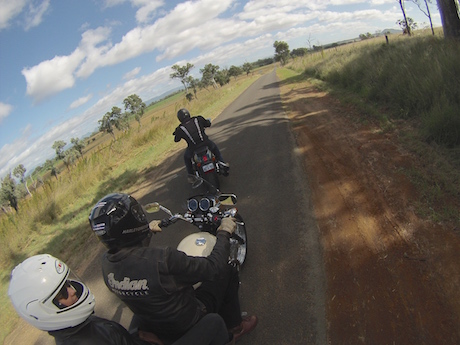
6 Regroup
Organise to stop frequently so you can go over what they have done right and what they have done wrong. It’s also a good opportunity to answer the many questions they will have.
7 Be positive
Don’t dwell on what they have done wrong, but praise them for doing things right. We want this to be a positive and fun experience for them.
8 Brevity
While you might enjoy long rides over challenging roads, it’s best to start out with short and easy rides on quiet country roads and build up gradually. Learning to ride is fun, but it’s also physically and mentally tiring.
9 Celebrate
Reward their improved skills by taking them on your recreational rides or even a weekend trip away. This is a good opportunity for fun and intensive training.
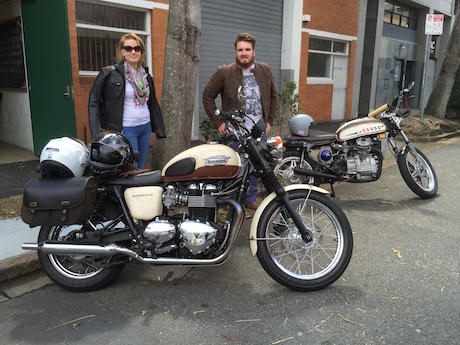
10 Patience
Learner riders will be slow. Don’t encourage them to go fast, keep up with you or even match the speed limit. Tell them to go at their own pace and don’t ride out of their sight. Soon enough they will be joining you and sharing your life’s joy.


